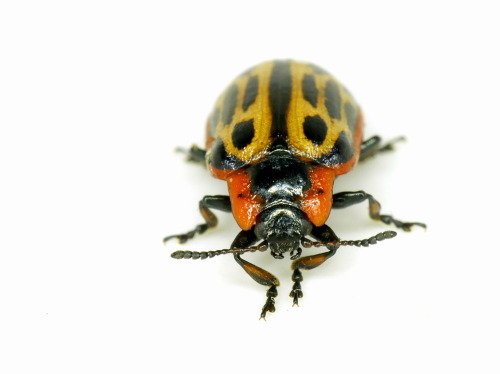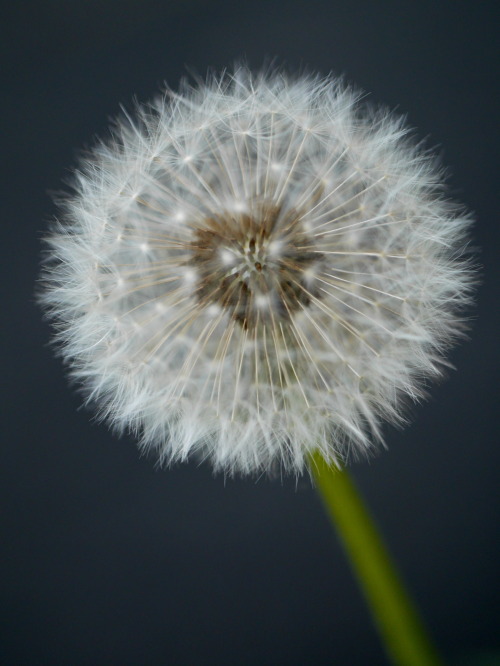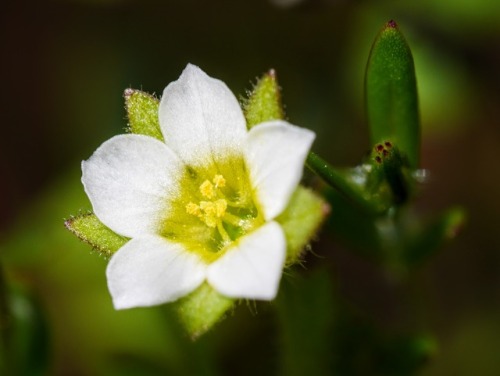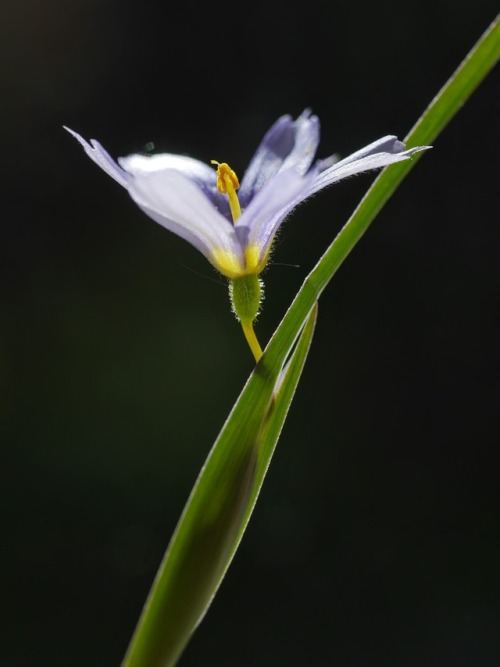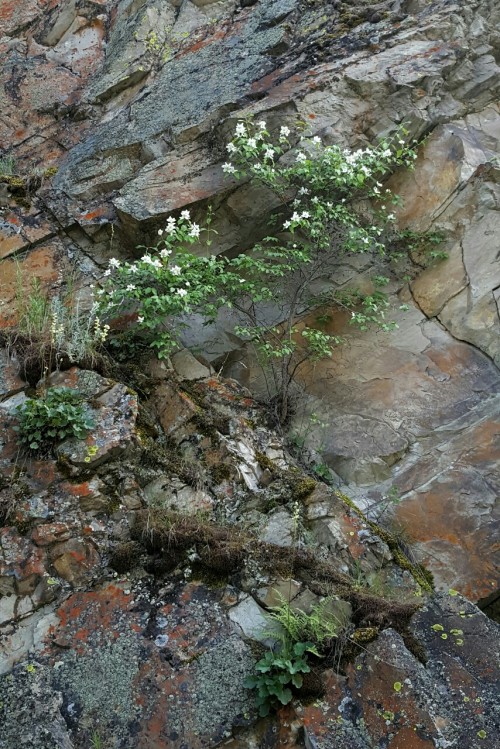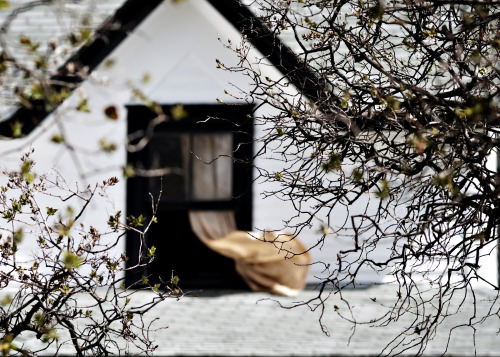#missoula
Chrysis sp. “Cuckoo Wasp” Chrysididae
Missoula, MT
May 17, 2016
Robert Niese
Cuckoo Wasps are a massive, possibly polyphyletic group of parasitic wasps. More than half the members of this giant family are placed in the genus Chrysis(more than 1000 species!). Undoubtedly, in the coming years this genus will be stripped, split, and reorganized in favor of a more monophyletic and phylogenetically accurate set of genera. As their common name might suggest, cuckoo wasps lay their eggs in the nests of other wasps, and many specialize on a single host species. This lovely individual appeared to be waiting outside an old nail hole on the side of my house that was occupied by a cavity-nesting wasp of some sort.
Post link
Calligrapha verrucosa “Warty Willow Leaf Beetle” Chrysomelidae
Missoula, MT
May 26, 2016
Robert Niese
Caught, in flagrante delicto, mating right on the beach! Egads! These indiscreet little beetles are relatively closely related to those Cottonwood Beetles I posted yesterday. Their genus name “Calligrapha” is a reference to the beautiful calligraphic script on the backs of many species. This species’s coloration is not quite as script-like, but it definitely still appears painted. I’ll post some portraits later! These beetles are most common in the Northern Rockies of Montana, Alberta, and Saskatchewan, but, according to some older sources, their range is far broader, stretching from Nebraska to California to Alaska. If you have photographs of these beetles please submit them to me to supplement our scientific understanding of their distribution!
Post link
Chrysomela scripta “Cottonwood Leaf Beetle” Chrysomelidae
Missoula, MT
April 22, 2016
Robert Niese
These lovely beetles can spend their entire life cycles living off of a single poplar or cottonwood tree. Females lay their eggs in clusters on the undersides of leaves. Those eggs hatch and the larvae begin feeding on the leaf tissues until nothing but a skeleton of veins remains. Then, they pupate into adults which will continue the process of defoliating the tree by eating the thick veins and midribs left behind by the larvae. Some small saplings can be killed by a particularly hungry population of breeding Cottonwood Leaf Beetles. This species may not be present in the PNW west of the Cascades. If you discover them there, please let me know!
Post link
Oxyopes scalaris “Western Lynx Spider” Oxyopidae
Missoula, MT
May 6, 2016
Robert Niese
Lynx spiders are some of my favorite arachnids! They’re stealthy, fast, agile and ferocious predators, some of which specialize on other spiders! Oxyopes scalaris is virtually the only species of lynx found in the PNW, however. It can be found in just about any habitat from the coast to the Rockies and as far north as BC. One additional species, the Striped Lynx (O. salticus) can be found along the coast from California through Oregon and, rarely, in southern Washington.
Post link
Taraxacum officinale “Common Dandelion” Asteraceae (Compositae)
Missoula, MT
May 2, 2016
Robert Niese
Generic, but beautiful nonetheless. Each of those tiny wind dancers is actually a fruit called an achene. Each achene arose from an individual flower of which there are hundreds in a single dandelion head (actually there are only 50-200 flowers per head, but “hundreds” sounds better) . This is where the family got its old name, “Compositae.” Each of their composite “flowers” are made up of loads of tiny individual flowers. So next time your lover asks for flowers, pick them a couple dandelions and astound them with an offering of many hundreds of flowers instead of a measly dozen roses.
Post link
Rufous Hummingbird (Selasphorus rufus) Trochilidae, male
Missoula, MT
May 31, 2017
Robert Niese
I spent a whole weekend trying to photograph Calliopes visiting this feeder, but they refused to participate. The RUHUs on the other hand, tolerated my presence much more and were happy to pose for me. This male was so aggressive he nearly chased me away from his feeder! How does such a tiny animal possess so much spunk?!
Post link
Sisyrinchium montanum “Montana Strict Blue-eyed-grass” Iridaceae
Missoula, MT
May 27, 2017
Robert Niese
It’s easy to miss these little, unassuming members of the iris family. As their name suggests, at first glance they look very much like grass, but their showy purple blooms give them away quickly. Various species of Blue-eyed-grass grow throughout North America, where they tend to be found in wet or vernally wet meadows, grasslands, and irrigation ditches. I’ve been walking by these plants every day for months, but I didn’t even notice until they started to bloom!
Post link
Polemonium micranthum “Annual Jacob’s-ladder” Polemoniaceae
Missoula, MT
April 16, 2017
Robert Niese
These abundant, weedy Jacob’s Ladders are often found growing among other equally small, white-flowered annuals like Stellaria,Arabidopsis,Capsella, and Cardamine. Unlike many members of those other weedy genera, Polemonium micranthum is a native and not quite as abundant. I certainly would have passed right over it, had I not been on my hands and knees searching for a timid jumping spider. It’s a new species to me!
Post link
Bohemian Waxwing (Bombycilla garrulus) Bombycillidae
Missoula, MT
April 18, 2017
Robert Niese
In early April, waxwings were migrating through town in the thousands. They paused in freshly blooming trees to gorge on buds and, in this case, last year’s fruits before continuing their trek northward. The noise and mess they created was astounding! I loved waking up to the roar of their high pitched calls. This flock consisted of around 600 Bohemian Waxwings and a few dozen Cedar Waxwings. The easiest way to tell them apart (for me, at least) is by their vent and under-tail colors. Bohemians have a rufous under-tail and a gray vent while Cedars have a gray-white under-tail and a pale yellow vent.
Post link
Mentzelia laevicaulis “Giant Blazingstar” Loasaceae
Missoula, MT
July 19, 2016
Robert Niese
This family of plants is completely new to me and it had me stumped for months after I first photographed it blooming under a full moon! Blazingstars, also known as Evening-stars and Moon Flowers, are so named because their flowers tend to open in late afternoon and evening, attracting a variety of pollinators including nocturnal insects like hawkmoths. They have a widespread distribution east of the Cascades, but are fairly uncommon. Here in Montana, two species of Mentzelia are considered species of concern due to their rarity.
Post link
Siphlonurus phyllis, Siphlonuridae, male
Missoula, MT
May 9, 2017
Robert Niese
I know relatively little about aquatic macro-invertebrates, but they are a very well-studied group of organisms due to their importance in understanding stream ecology and health. Fly fishermen are also avid naturalists of these bugs. I’ve met anglers who follow the hatch dates and times of aquatic insects more closely than manic listing birders! Apparently, this genus of mayfly is one of only a few that swarms by the thousands here in the west.
Post link
Sisyrinchium montanum “Montana Strict Blue-eyed-grass” Iridaceae
Missoula, MT
May 27, 2017
Robert Niese
It’s easy to miss these little, unassuming members of the iris family. As their name suggests, at first glance they look very much like grass, but their showy purple blooms give them away quickly. Various species of Blue-eyed-grass grow throughout North America, where they tend to be found in wet or vernally wet meadows, grasslands, and irrigation ditches. I’ve been walking by these plants every day for months, but I didn’t even notice until they started to bloom!
Post link
Rufous Hummingbird (Selasphorus rufus) Trochilidae, male
Missoula, MT
June 12, 2016
Robert Niese
Just as the sun is setting, this hummingbird feeder becomes a hub of activity. We can have as many as 12 individuals feeding all at once! I love it! In addition to RUHUs, we also see many Calliopes and some Black-chinned hummers here.
Post link
Calligrapha verrucosa “Warty Willow Leaf Beetle” Chrysomelidae
Missoula, MT
May 26, 2016
Robert Niese
I couldn’t decide which photo i liked best, so I had to post another portrait shot of this lovely beetle. The genus name “Calligrapha” is a reference to the beautiful calligraphic script on the backs of many species. This species’s coloration is not quite as script-like, but it definitely still appears painted. These beetles are most common in the Northern Rockies of Montana, Alberta, and Saskatchewan, but, according to some older sources, their range is far broader, stretching from Nebraska to California to Alaska. If you have photographs of these beetles please submit them to me to supplement our scientific understanding of their distribution!
Post link
Rufous Hummingbird (Selasphorus rufus) Trochilidae, male
Missoula, MT
June 12, 2016
Robert Niese
Male RUHUs are probably the first hummingbirds to arrive here in Montana in the spring. They are our most aggressive hummingbirds and will chase anything that gets too close to their territories. Look for them in moist or riparian woods throughout the Pacific Northwest from April to September. In Western Washington, males will arrive with the first blooms of Salmonberry (Rubus spectabilis) and Indian Plum (Oemleria cerasiformis) in late February and March.
Post link
Calligrapha verrucosa “Warty Willow Leaf Beetle” Chrysomelidae
Missoula, MT
May 26, 2016
Robert Niese
The genus name “Calligrapha” is a reference to the beautiful calligraphic script on the backs of many species. This species’s coloration is not quite as script-like, but it definitely still appears painted. These beetles are most common in the Northern Rockies of Montana, Alberta, and Saskatchewan, but, according to some older sources, their range is far broader, stretching from Nebraska to California to Alaska. If you have photographs of these beetles please submit them to me to supplement our scientific understanding of their distribution!
Post link
Philadelphus lewisii “Lewis’ Mock Orange” Hydrangeaceae
Missoula, MT
June 11, 2015
Robert Niese
This species of Philadelphus was discovered by Meriwether Lewis in 1806. It’s flowers and scent are reminiscent of orange blossoms, thus it’s common name, the mock-orange. Unlike oranges, these attractive shrubs produce dry, 4-parted capsule fruits that are wholly inedible. Their leaves, however, contain saponins and can be crushed to make a mild soap. They are a popular ornamental plant here in the eastern PNW and are the state flower of Idaho. Look for them scattered throughout drier slopes in the west, where they tend to grow singly or in small populations. Here in Missoula, they cover the hillsides with gorgeous white blooms at the beginning of summer, much like Amelanchierin the spring.
Post link
Lisa and Marcus.
Outfits ftw.
.
Studio sessions by appointment
.
@northland.studio #northlandstudio #northlandstudioMT #wetplate #montana #portraits #wetplatecollodion #heirloomportraits #chemicalpictures #tintype #tintypephotography #analog #puresilver #analogphotography #monochromatic #blackandwhite #blackandwhitephotography #portrait #tintype_portraits #missoula (at Missoula, Montana)
https://www.instagram.com/p/CdESSjKPLTY/?igshid=NGJjMDIxMWI=
Post link


Jiliian Leblow (2022)
first images from my daughter in Missoula with her (new to her) tele and eos 50D. She isn’t on tumblr yet but encouraging her to start one up.



